Watch out for the redds during winter trout trips
ON 12-27-2024
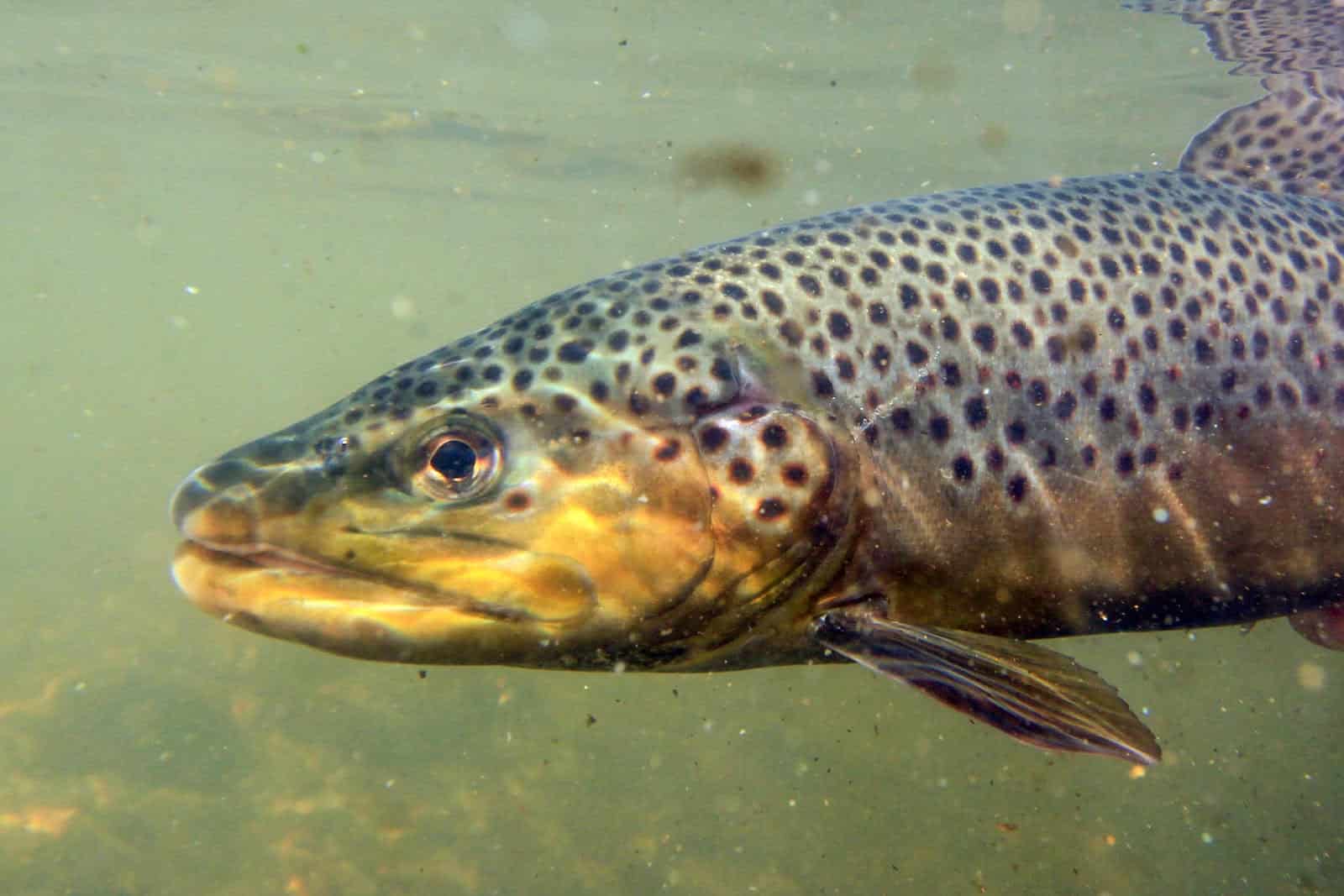
MOUNTAIN HOME – As anglers head out to some of The Natural State’s world-class trout tailwaters for a shot at a trophy trout this winter, please remember to watch out for the many nests (called redds) they’re making as part of their annual spawning run.
Unlike warmwater species that prefer a spring-to-summer spawning season, Arkansas’s trout typically wait for a chillier season to begin their annual reproductive cycles. Although nearly all rainbow, cutthroat and brook trout in Arkansas are stocked by federal and state fish hatcheries, many trout waters exhibit some natural reproduction of brown trout. The brown trout fishery in the Little Red River below Greers Ferry is entirely fueled by wild spawning trout.
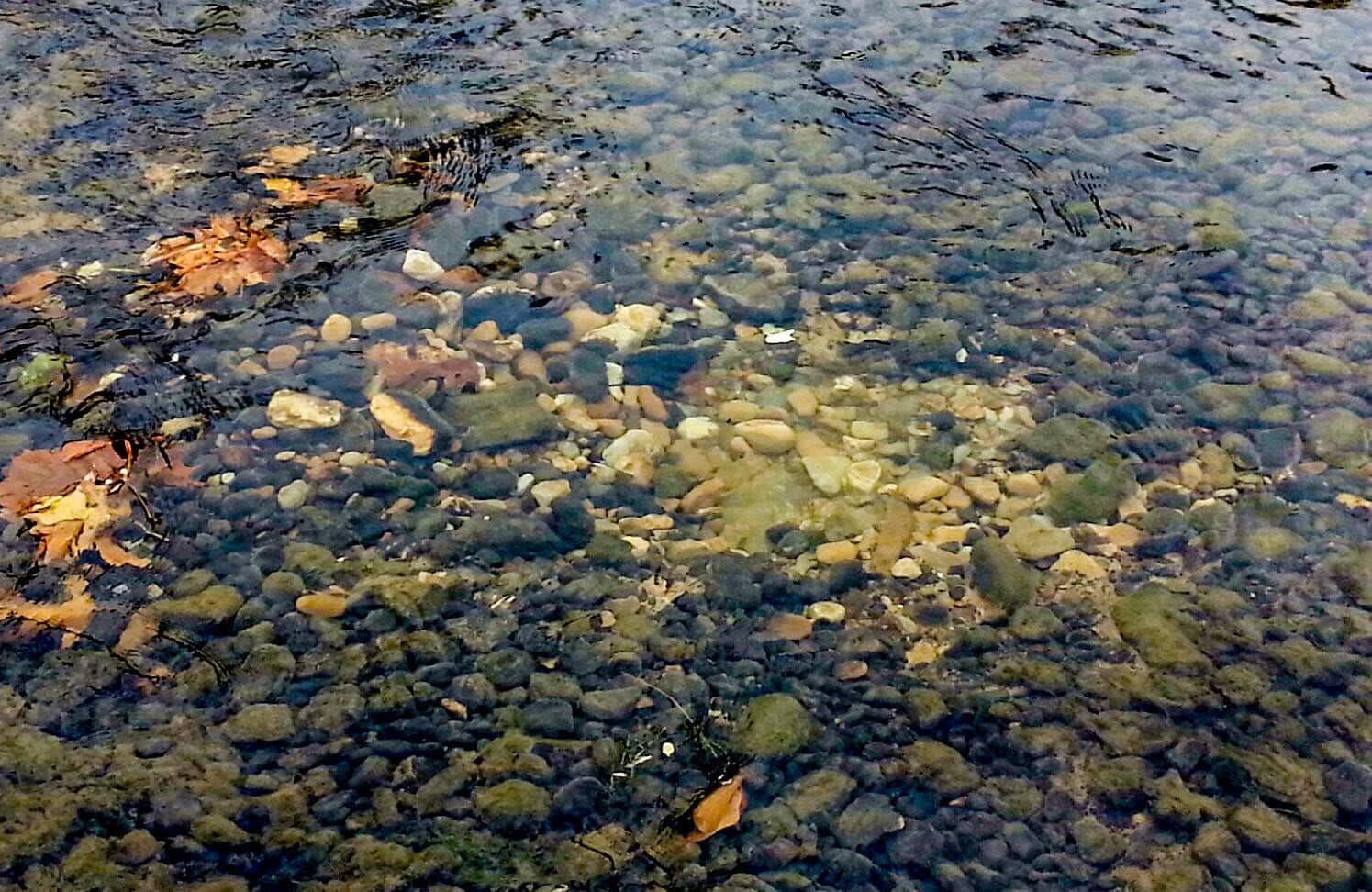
Christy Graham, trout program coordinator, says anglers should be aware of spawning activities and the damage caused when redds or spawning trout are disturbed.
“The AGFC Trout Management Program recommends anglers be mindful of spawning activity during this time of the year and to be careful when wade fishing to avoid trampling over redds,” Graham said. “Anglers should also be aware that there are some seasonal regulations in effect that coincide with the brown trout spawning season on both the White and Little Red Rivers.”
Trout are nest guarders, and they can be nest robbers. Removing a large brown trout from the redd it is guarding not only can cause harm to an already stressed fish, but enables predators, including other trout, to destroy the redd.
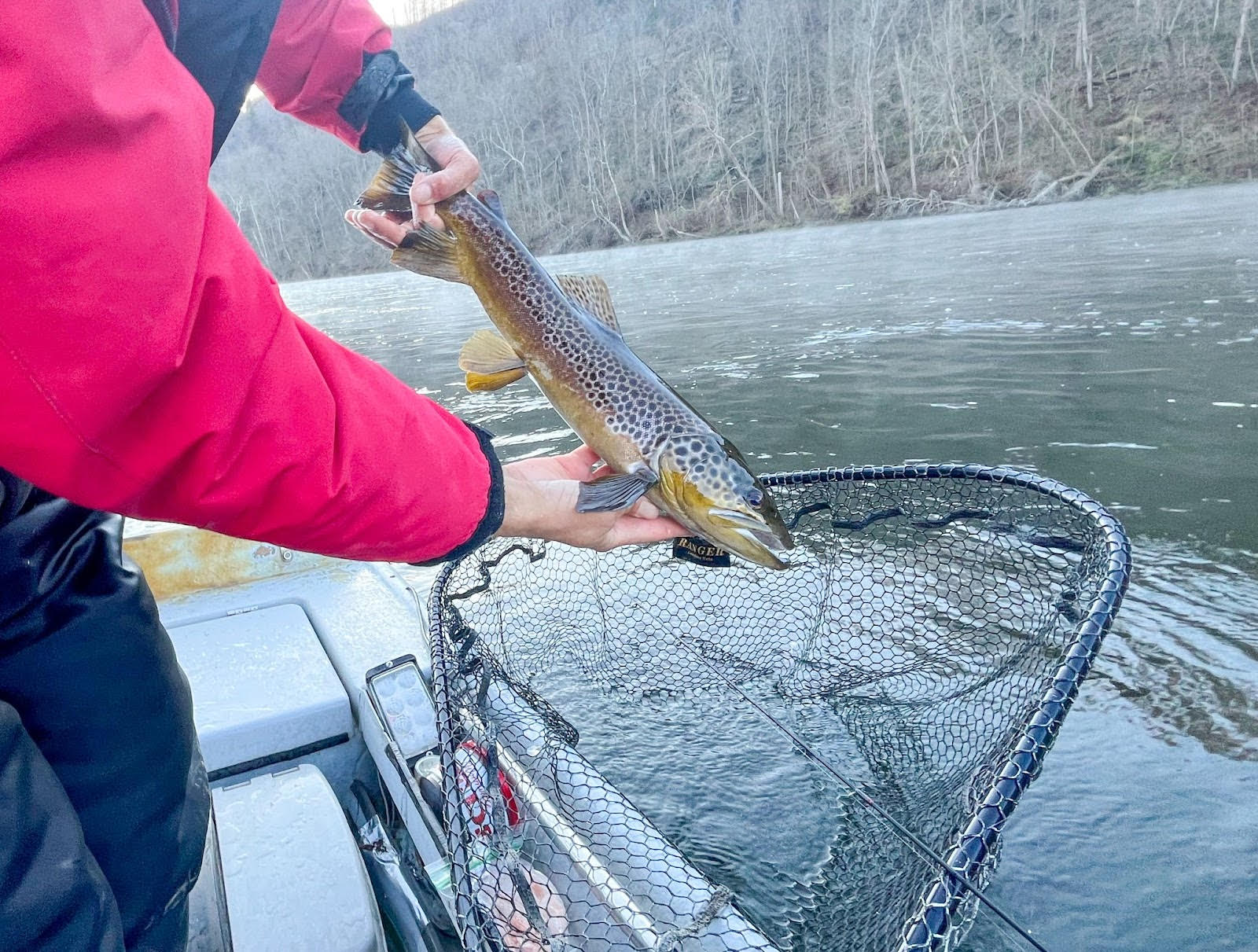
Anglers should note that the Bull Shoals Catch-and-Release Area along Bull Shoals White River State Park is closed to angling from Nov. 1 to Jan. 31 each year. The area immediately downstream of the Bull Shoals Catch-and-Release area becomes catch and release only for brown trout during this time. Both regulations are intended to prevent spawning brown trout from being removed from the tailwater during the spawn.
According to Graham, trout redds can be identified fairly easily. They appear as clean, oval patches of small to medium-sized gravel and are typically 2 to 3 feet in diameter. The gravel in them is typically lighter-colored than surrounding gravel. There may be a small depression or mound, where gravel has been excavated and deposited over the eggs.
Many dyed-in-the-wool trout anglers avoid fishing for spawning fish entirely, especially for brown trout. Rainbow trout and cutthroats often produce some exceptional fishing on egg patterns and corn during this time because of their tendency to capitalize on brown trout eggs that become dislodged from nests and float downstream.
“If you do end up fishing around spawning areas for browns, there are a few things you can do to lessen the damage caused by angling during this time,” Graham said. “We always want anglers to use the best possible catch-and-release practices, but it’s even more critical during the spawn.”
Graham says aside from avoiding the spawning fish entirely, anglers can help provide next year’s fish by following a few steps. Avoid snagging fish, no matter how tempting it can be to “set the hook a little early.” Use barbless hooks to minimize damage to the fish’s mouth and land the fish as quickly as possible. Wet your hands to land the fish and minimize the amount of time it stays out of the water, so that it may return to its redd as soon as possible.
Visit www.agfc.com/en/fishing/
####
CUTLINES
BROWN TROUT
Brown trout aren’t native to Arkansas, but do reproduce successfully in some waters. AGFC photo by Mike Wintroath.
TROUT REDD
Trout spawning nests, called redds, stand out as light-colored depressions in the rocky streambed. AGFC photo courtesy of Christy Graham.
ANGLER WITH TROUT
Winter angling for brown trout is a major draw to Arkansas’s famous tailwaters. AGFC photo courtesy of Keith Stephens.
Recent News
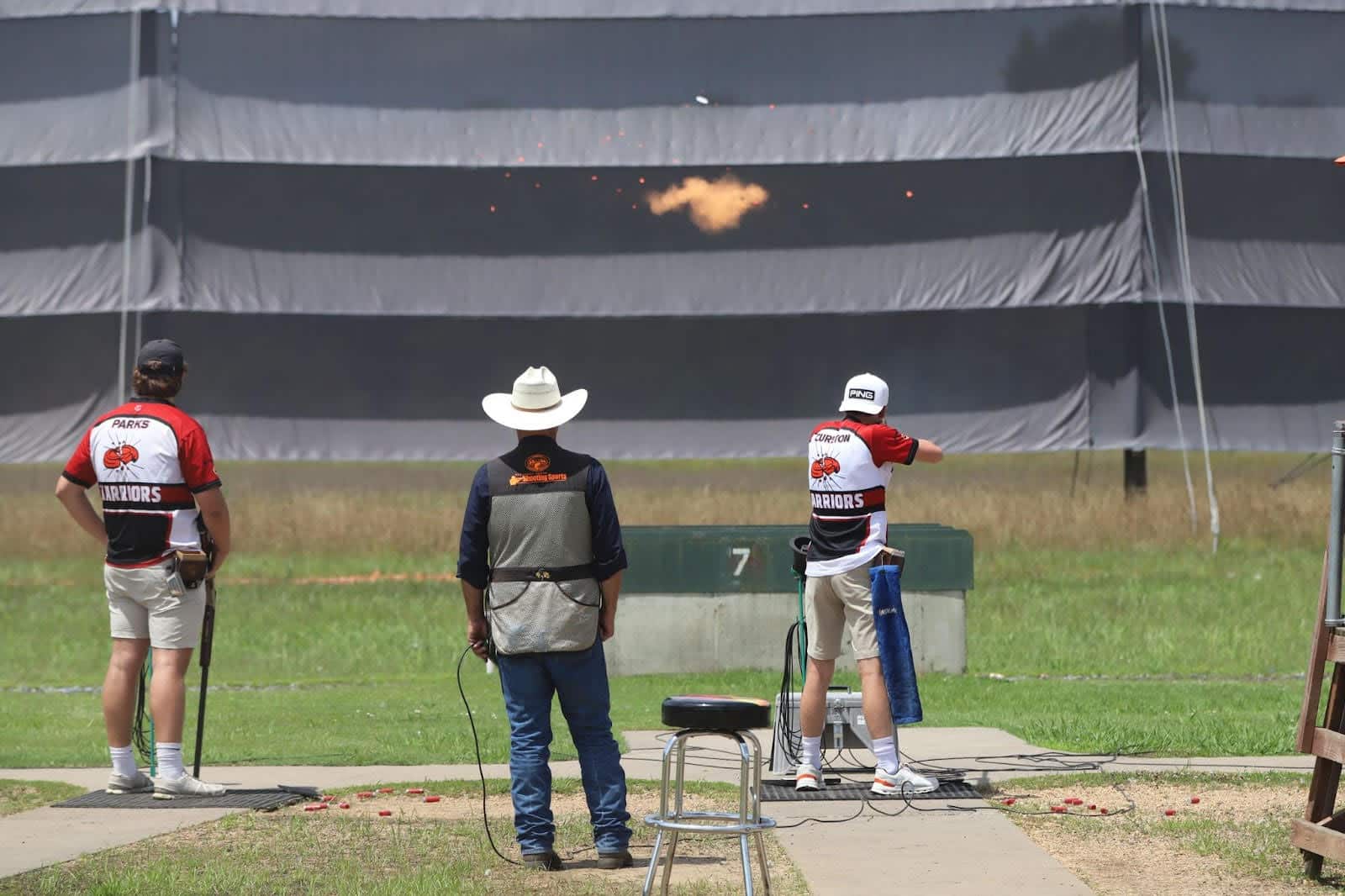
Contenders take aim as shooting sports regionals begin
Apr. 23, 2025
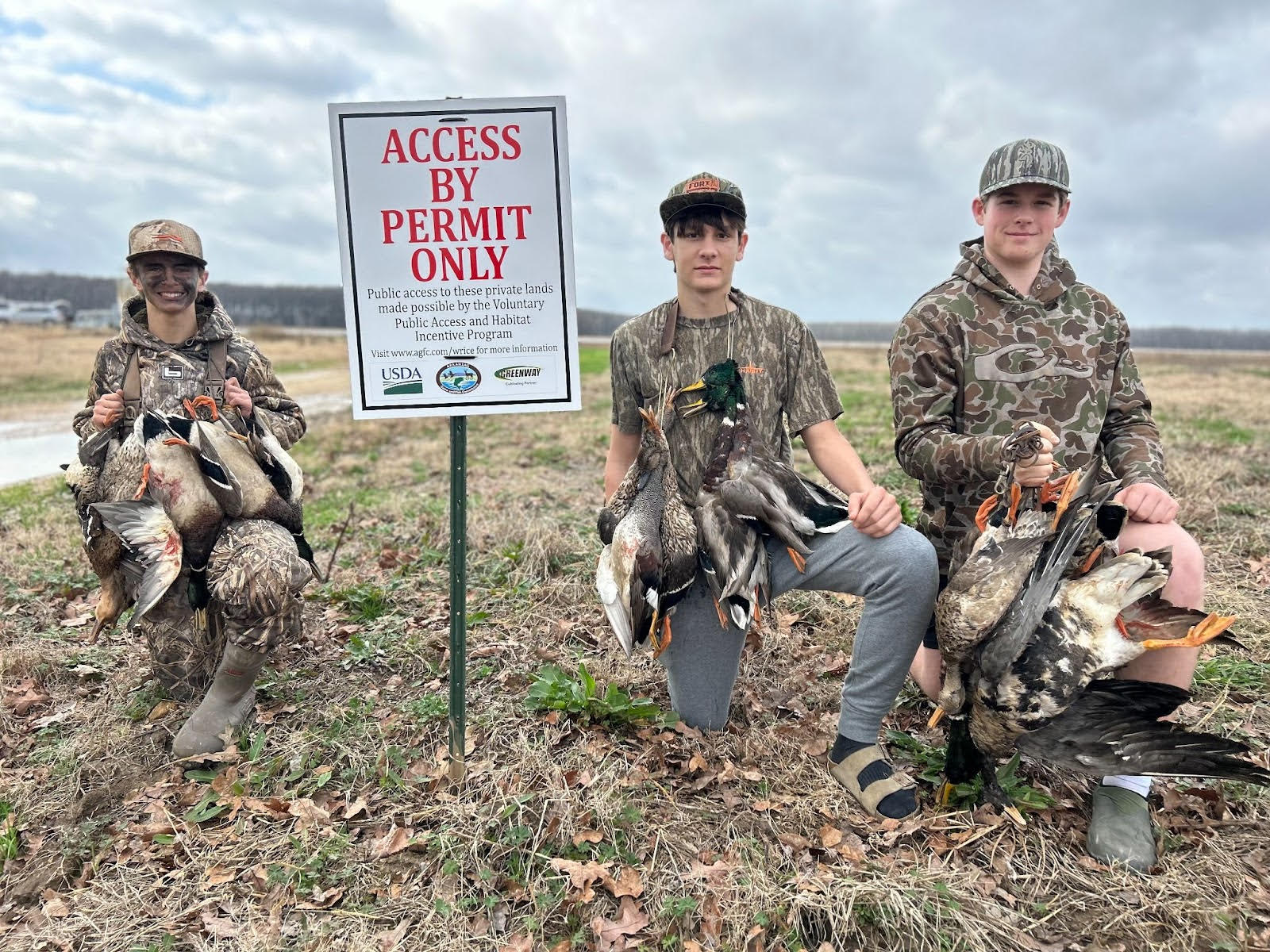
Teens turn duck season around in youth WRICE hunt
Apr. 23, 2025
Subscribe to Our Weekly Newsletter E-mails
Don’t miss another issue. Sign up now to receive the AGFC Wildlife Weekly Newsletter in your mailbox every Wednesday afternoon (Waterfowl Reports are published weekly during waterfowl season and periodically outside the season). Fishing Reports arrive on Thursdays. Fill in the following fields and hit submit. Thanks, and welcome!
